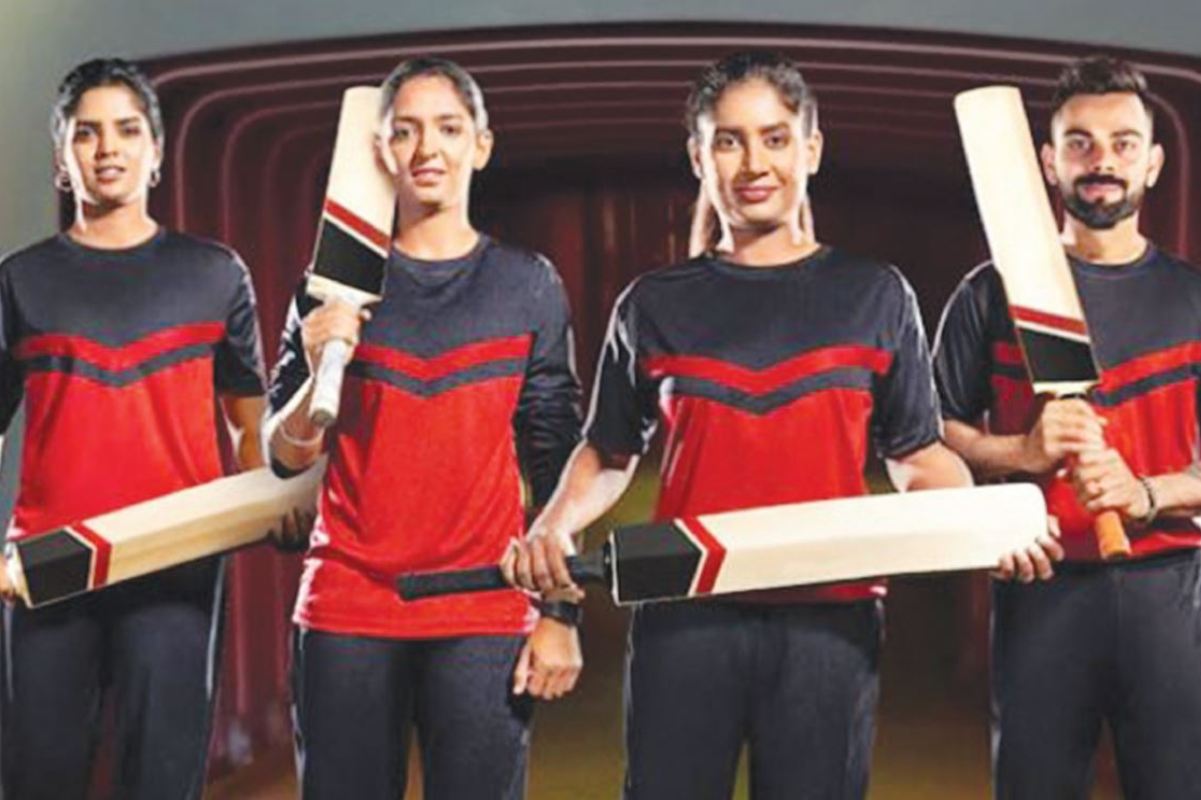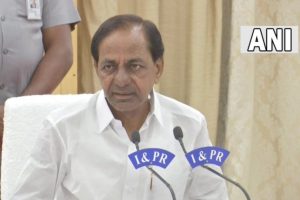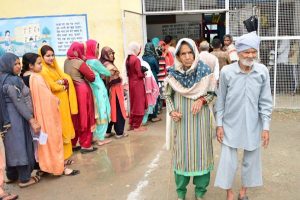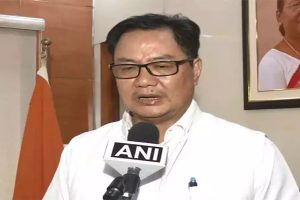The Commonwealth Games Federation (CGF) was eager to reinstate cricket as a part of its itinerary in the 2022 edition in Birmingham.
What’s more interesting is that the officials were exploring the possibility of having in place T20 cricket for men and women or a mixed gender event. Well, can we then see Virat Kohli and Mithali Raj playing in the same eleven for India? Possibly not.
Apparently, it might be difficult to get top players of men’s cricket due to their already packed schedule, and eventually women’s T20 cricket might be staged at Edgbaston in 2022.
Still it sparked a realistic chance of mixed cricket at the top level in near future. Certainly, there is a huge elevation in enthusiasm regarding women’s cricket in different parts of the globe, particularly in India, in the recent past – so much that even the controversy regarding the omission of a star from the playing eleven hits the media.
The Indian women reaching the ICC World Cup final in 2017 might be instrumental for such media and public attention; however, “success” might not be the only reason – Indian eves reached the World Cup final in 2005 also, but very few people in the country paid attention to it.
After the 2017 World Cup, Mithali Raj spoke out in favour of a women’s T20 league in India. It might have tremendous business potential and might further help women’s cricket grow.
In the 2015-16 season, the Women’s Big Bash League replaced the eight-year-old Australian Women’s Twenty20 Cup. And Indian players like Smriti Mandhana, Veda Krishnamurthy and Harmanpreet Kaur are playing the tournament as overseas recruits.
In England, there is Kia Super League. So, women’s IPL may be unveiled very soon, at least on a smaller scale, a trailer of which in terms of a T20 match already featured in Mumbai during IPL 2018 in the form of a match between two teams, and also through the threeteam tournament in Jaipur during IPL 2019.
However, what about a mixed-gender IPL, taking cue from the CGF’s idea of mixed cricket? Is that feasible at all? Can it increase the enthusiasm, thrill, business and of course the standard of the game?
Certainly, there are very few sports where men and women play together and compete, where it is assumed that the difference in strength and physical fitness might not be decisive.
For example, ‘equestrian’ is a true mixed-sex sport where men and women compete in the events like dressage, jumping, and eventing. This is an Olympic sport where women won gold medals at least seven times. Princess Anne, daughter of Queen Elizabeth II, competed in the equestrian event in the Montreal Olympics in 1976.
Also, men and women compete together in the Nacre 17 event of ‘Sailing’. Should more and more sports be brought into the bag of mixed sports? Interestingly, in an editorial last February, Sydney Morning Herald urged that Australia should try mixed competitions in different sports.
Certainly, things are not easy in cricket as the standards differ a bit. For example, former Australian cricketer Cathryn Lorraine Fitzpatrick bowled the fastest ball in women’s cricket at a speed of 125 kph, while Shoaib Akhtar recorded the fastest ball in men’s cricket at 161.3 kph. There are many bowlers in men’s cricket who consistently bowl between 140-150 kph.
So, it is clear that women cricketers are neither capable of nor exposed to super-fast bowling. Also, the boundary lines in women’s cricket are usually reduced by 10/15 meters. So, it may not be a trivial task to mix the two genders in a cricket team.
However, cricket is not all about pace, it’s a game requiring skill and finesse, and not simply a matter of slogging the ball as hard as you can. And, moreover, the leading sportswomen are physically fitter and stronger than ever.
The Women’s Cricket Association (WCA), the parent body of women’s cricket in England during 1926-98, had an embargo on mixed-cricket from the very outset. Marjorie Pollard, one of the founders of WCA, in her 1934 book ‘Cricket for Women and Girls’, outlined the reasoning behind the policy: “No one tries to bowl as fast as Larwood, no one tries to hit like Constantine… the standards are different.”
Pollard felt that women’s cricket needed to “develop a style and a game of our own”. Well, in today’s world, one can easily replace ‘Larwood’ by ‘Michael Stark’, and ‘Constantine’ by ‘MS Dhoni’.
But, still there is Sarah Taylor, English wicketkeeper-batter, who created history by becoming the first woman to play men’s grade cricket in Australia when she appeared for Northern Districts against Port Adelaide in October 2015.
English players like Kate Cross, Chloe Wallwork and Arran Brindle played in men’s cricket in different situations, while Ellyse Alexandra Perry did so in Australia. And the Australian pace bowler Zoe Goss played in the Bradman Foundation charity match in Sydney in December 1994 where she took the wicket of Brian Lara! So, what would happen if a mixed IPL is introduced (maybe by increasing the number of teams suitably)?
At the outset I’d like to compulsorily fix a minimum number of women cricketers per team (similar to maximum number of overseas players per team) combining both Indian and overseas women players.
So, this mixed IPL might be more like mixed doubles in tennis or badminton. Such a mixed IPL is bound to be fascinating, and I’m confident that women cricketers would accomplish much in the cricket ground as women have broken through the glass ceiling in other areas.
In future, it will be of no surprise if mixed cricket be introduced in sporting events like the Commonwealth Games or Olympics. I’ll also not be astonished at all if Virat Kohli and Mithali Raj, for example, are out for toss in an IPL match as two contesting captains.
And I look forward to the day when an IPL team would field their team with more than the minimum stipulated number of women cricketers in their playing eleven. That will certainly be a defining moment for women’s cricket as well.
(The writer is Professor of Statistics, Indian Statistical Institute, Kolkata.)











